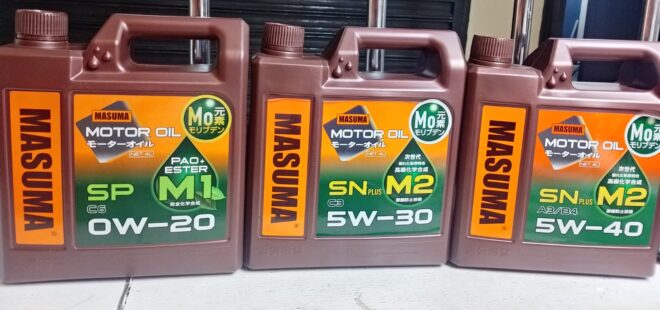When it comes to maintaining your car’s engine, spark plugs are often an overlooked component. Yet, they play a critical role in ensuring efficient combustion, smooth engine operation, and optimal performance. One key feature of a spark plug that often goes unnoticed is its heat range. Let’s break down what this means and why it’s essential for your car.
What is a Spark Plug’s Heat Range?
The heat range of a spark plug refers to its ability to dissipate heat from the engine’s combustion chamber into the cylinder head. This determines how hot or cold the spark plug stays during operation and impacts how well it performs in various driving conditions.
- Hot Spark Plugs: Retain heat for longer, which helps burn off carbon and fuel deposits. These are ideal for low-temperature engines, short trips, or city driving.
- Cold Spark Plugs: Dissipate heat quickly, making them better suited for high-performance, turbocharged, or racing engines that generate higher combustion temperatures.
Why is Heat Range Important?
Using the correct heat range spark plug ensures that your engine runs efficiently and avoids potential issues. Here’s why it matters:
1. Prevents Fouling in Low-Temperature Engines
For vehicles used for short trips or low-speed city driving, hotter spark plugs can burn off deposits caused by incomplete combustion, preventing fouling and misfires.
2. Protects High-Performance Engines from Damage
In engines that generate more heat (e.g., turbocharged or performance engines), colder spark plugs help prevent pre-ignition and knocking. These conditions can lead to severe engine damage if not addressed.
3. Maintains Engine Efficiency
A properly selected heat range allows the spark plug to maintain its ideal operating temperature (450°C–850°C). This ensures efficient combustion and reduces emissions.
4. Prolongs Spark Plug and Engine Lifespan
When a spark plug operates at its intended heat range, it minimizes wear and tear on both the plug and the engine. This can save you from costly repairs in the long run.
What Happens When You Use the Wrong Heat Range?
Using a spark plug with the incorrect heat range can lead to several issues:
- Too Hot (Low Heat Range):
- Pre-ignition or engine knocking.
- Damaged electrodes or melted spark plugs.
- Potential engine overheating.
- Too Cold (High Heat Range):
- Carbon fouling from unburned deposits.
- Poor ignition performance.
- Increased risk of misfires and reduced fuel efficiency.
Choosing the Right Spark Plug for Your Car
Your car manufacturer specifies the ideal heat range for your vehicle’s engine. Stick to this recommendation to ensure the best performance. Adjustments may only be necessary in extreme conditions, such as:
- Racing or high-speed driving.
- Driving in extremely cold or hot climates.
Final Thoughts
A spark plug’s heat range is much more than a technical detail—it’s a crucial factor in your car’s performance, reliability, and engine health. Regular maintenance and using the correct spark plug can make a significant difference in how your car performs and how long it lasts.
If you’re unsure about the right spark plug for your car or have questions about engine performance, feel free to reach out to a trusted automotive expert or drop us a comment below. Your engine will thank you!
Want to keep your car running smoothly? Stay tuned to our blog for more tips on car maintenance and performance!




